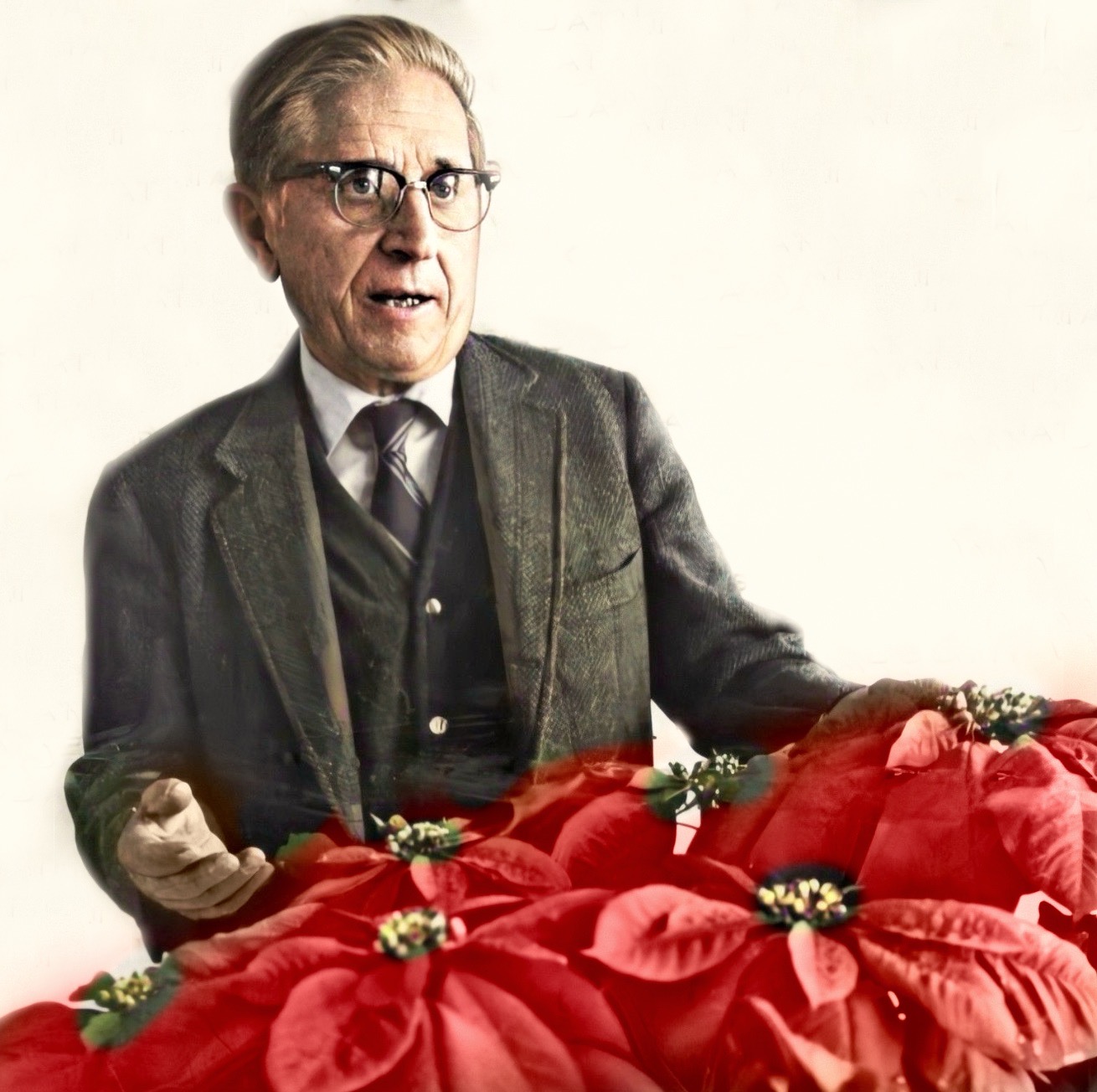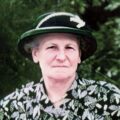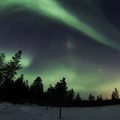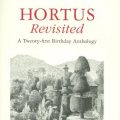Celebrating the Nurseryman Who Popularized the Poinsettia: Paul Ecke
"Gardeners will be fascinated to learn that the Ecke family was able to distinguish themselves as a superior grower of poinsettias by using a secret technique to keep their plants compact and hardy.
Their solution was simple.
They grafted two varieties of poinsettias together, causing every seedling to branch and become bushy."
January 28, 1895
On this day, the nurseryman known as “Mr. Poinsettia,” Paul Ecke ("Eck-EE"), Sr., was born in Magdeburg, Germany.
Paul and his family immigrated to the United States in 1906.
When Paul took over his father's nursery business on Sunset Boulevard in Hollywood in the early 1920s, the poinsettia (Euphorbia pulcherrima) was a fragile outdoor wild plant.
Paul fell in love with the poinsettia and immediately felt that the plant was a perfect fit for the holiday season because the bloom occurred naturally during that time.
By 1924, Paul was forced out of Hollywood by the movie business, and he brought his family and the nursery to San Diego County.
He and his wife Magdalena had four children, and they purchased 40 acres of land in Encinitas("en-sin-EE-tis").
It was here that Paul would turn his passion for poinsettias into a powerhouse - at one point, his nursery controlled 90% of the poinsettia market in the United States.
At first, Paul raised poinsettias in the fields on the ranch. Each spring, the plants were harvested and then loaded on two railroad cars and sent to greenhouse growers all along the east coast.
When Paul wasn't growing poinsettias, he was talking poinsettias. Paul was endlessly marketing poinsettias and praising their attributes as a harbinger of Christmas. He started calling poinsettia "The Christmas Flower".
Initially, Paul worked to decrease the growing time of the poinsettia. By getting the time to bloom down from 18 months to 8 months, Paul made it possible for the poinsettia to be grown indoors.
After figuring out how to propagate the plant through cuttings indoors, Paul could soon ship poinsettias worldwide by plane.
Paul’s son, Paul Jr., took over the business in the 1960s. He cleverly sent poinsettias to TV shows. When the holiday programs aired, there were the poinsettias - in their glory - decorating the sets and stages of all the major programs.
When Paul Jr. learned that women's magazines did their photoshoots for the holidays over the summer, he began growing a poinsettia crop that bloomed in July.
Magazines like Women's Day and Sunset were thrilled to feature the poinsettia in their Christmas magazines alongside Christmas trees and mistletoe.
This venture was regarded as the Ecke family's most significant marketing success and made the poinsettia synonymous with Christmas.
Gardeners will be fascinated to learn that the Ecke family was able to distinguish themselves as a superior grower of poinsettias by using a secret technique to keep their plants compact and hardy.
Their solution was simple. They grafted two varieties of poinsettias together, causing every seedling to branch and become bushy.
Competitor poinsettias were leggy and prone to falling open. Not so with the Ecke poinsettia.
By the 1990s, the Ecke growing secret was out of the bag, and competitors began grafting poinsettias together to compete.
Today, the Ecke family does not grow any poinsettias on their farm in San Diego County.
Finally, one of Paul's poinsettia pet peeves is the commonly-held belief that poinsettias are poisonous.
Sometimes, that fear would prevent a pet owner or a young mother from buying the plant.
Paul Ecke recognized the threat posed by this false belief.
He fought to reveal the truth one interview at a time.
It turns out that a 50-pound child would have to eat roughly 500 poinsettia leaves before they would even begin to have a stomach ache.
Furthermore, the plant is not dangerous to pets.
To prove this point, Paul regularly ate poinsettia leaves on camera during interviews over the holiday season.
When the Ecke Nursery was sold in 2012, it controlled over half the poinsettia market worldwide.
In the modern holiday season, roughly seventy-five million poinsettia plants are sold - most to women over 40.
This post was featured onThe Daily Gardener podcast:
helping gardeners find their roots,
one story at a time






